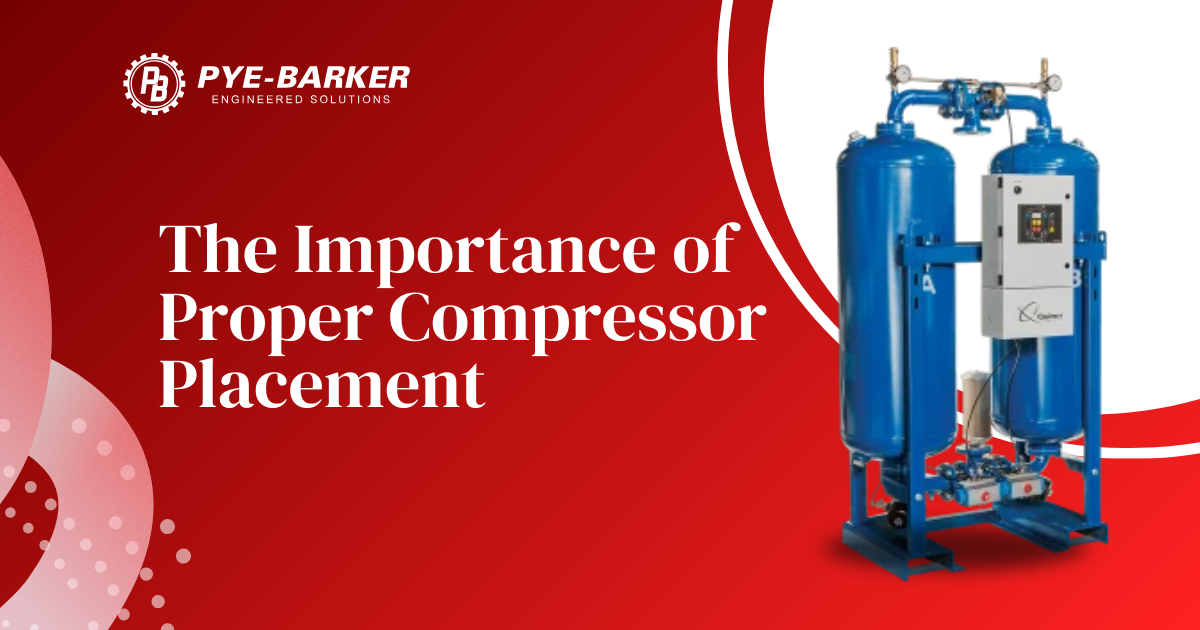
When planning for industrial equipment installations, we often hear how "location" is key for retail success. This principle also holds true for support equipment like pumps, blowers, and air compressors. However, in the rush of replacing an old unit, equipment is often installed in the same place as before, which may not always be ideal. Careful consideration of modern factors can significantly boost your compressor’s efficiency and longevity.
Avoid Overheating by Choosing a Cool Location
Take air compressors, for instance. Many compressors, particularly air-cooled rotary screw models, are installed in mechanical rooms with poor ventilation, often alongside other heat-generating equipment. However, a new air-cooled compressor typically operates at 100% above ambient temperature. If placed in a poorly ventilated space, it’s deprived of fresh, cool, dry air, which is essential for optimal performance.
Ideal Outdoor Setup
An ideal location for your compressor is outdoors but under a roof to shield it from direct sunlight. Positioning on the northeastern side of your facility, if feasible, ensures the unit isn't exposed to the afternoon sun, which can bake the unit, reducing efficiency and causing unnecessary shutdowns due to overheating. Prolonged sun exposure also fades control panels, eventually rendering them unreadable.
Ventilation Considerations for Indoor Installations
If placing your compressor outdoors isn't an option, ensure the indoor space is well-ventilated. The area should be cool and dry with sufficient airflow, ideally near an exterior wall to facilitate heat exhaust to the outdoors. Without proper ventilation, the compressor may recycle its own heated air, reducing efficiency. Drawing intake air from outside and expelling heated air outdoors are smart choices to prevent overheating.
Selecting the best location for your compressor is more than a matter of convenience—it directly impacts your system's performance and lifespan. Poor placement leads to overheating, unnecessary shutdowns, and potential damage over time. Avoid future headaches by strategically positioning your compressor for optimal airflow and temperature control.
If you’re unsure of the best placement for your equipment, contact us today at Pye-Barker Engineered Solutions, and we’ll ensure your system is set up for success.
Q1: What happens if my compressor is placed in a poorly ventilated area?
A1: A lack of ventilation can lead to overheating, causing shutdowns and reducing your compressor’s lifespan.
Q2: Can direct sunlight affect my compressor’s performance?
A2: Yes, direct sunlight can cause the unit to overheat and fade control panels, making them hard to read over time.
Q3: Is outdoor placement always better for air compressors?
A3: Outdoor placement can be beneficial if the unit is shielded from direct sunlight and rain, ensuring cool, dry intake air.
Q4: What ventilation strategies work best for indoor installations?
A4: Ensuring proper ventilation with outside air intake and heat exhaust to the outdoors is critical for preventing overheating indoors.


